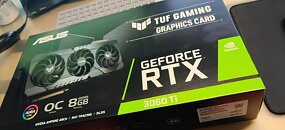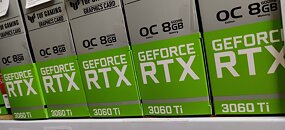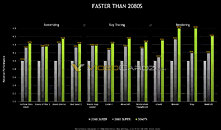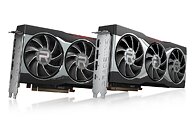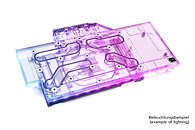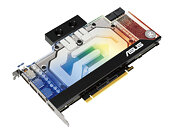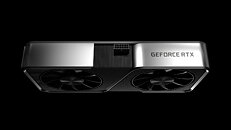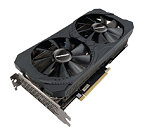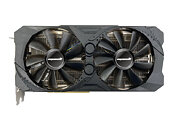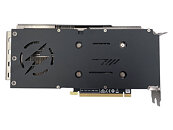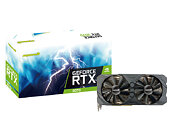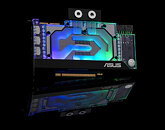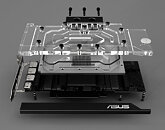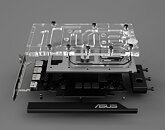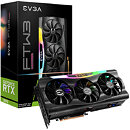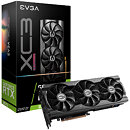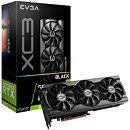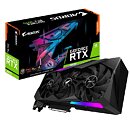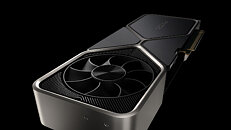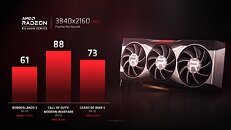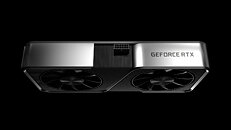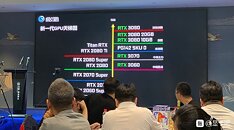
Surprising Absolutely No One, AMD RX 6800 Series Pretty Much Out of Stock, And Scalping Becomes a Pervasive Industry Problem
The title says it all, really. We've only just been able to add AMD's latest RX 6800 and 6800 XT graphics cards to our shopping carts in multiple etailers, but the cat is already out of the bag and into scalpers' pockets. This has been a recurring event for all gaming-related tech, from DIY PC parts to the latest-gen games consoles from both Microsoft and Sony. At this point, it becomes moot to talk about availability issues, or demand issues, or reaching a conclusion between the two - the stock just isn't there for anything gaming-related, period.
Some etailers are only selling their graphics cards in-person, as a way to both control flow of stock and protect themselves from scalpers buying up the entire inventory with recourse to some digital sidekicks that automate the purchase process, and then allow them to resell anything from graphics cards from NVIDIA to AMD, passing through AMD's latest Ryzen 5000 series and the Xbox Series X and PS5 gaming consoles.
Some etailers are only selling their graphics cards in-person, as a way to both control flow of stock and protect themselves from scalpers buying up the entire inventory with recourse to some digital sidekicks that automate the purchase process, and then allow them to resell anything from graphics cards from NVIDIA to AMD, passing through AMD's latest Ryzen 5000 series and the Xbox Series X and PS5 gaming consoles.



